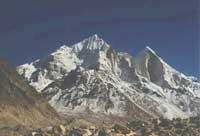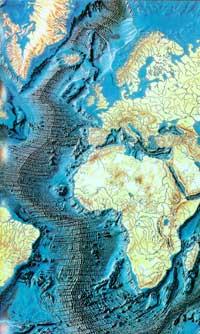New theory to explain the height of the Andes
2007/06/01 Elhuyar Zientzia Iturria: Elhuyar aldizkaria

The highest summits of the planet are found in the Himalayas, originated by the collision of two tectonic plates. The Andes, for their part, were formed when an oceanic plate was introduced under a continental plate called subduction. In these cases, the mountains arise from the roughness of the upper plate, and it is calculated that the average height of the Andean summits should be half (instead of two kilometers four).
The Australian National University of Camberra has created a new computer model to investigate the 'mystery'. In this model you can observe the movements of the plate tectonics for millions of years, introducing the data of hardness and density of the plates, letting them influence by gravity and seeing what happens. The model they have created is three-dimensional.
They have reached a conclusion: The width of the South American plate is related to the height of the Andean mountains. The model has taught them that the width of the plates directly influences the curvature and movement of the subduction zones. The coastal subduction zone of South America has a length of 7.400 km from north to south. The size makes in the center --in the area of Bolivia - the plate practically does not move, but it does in the surroundings, and also adopts an irregular curvature in the form of W. As a result, the mountains would increase, according to the model.

Gai honi buruzko eduki gehiago
Elhuyarrek garatutako teknologia






